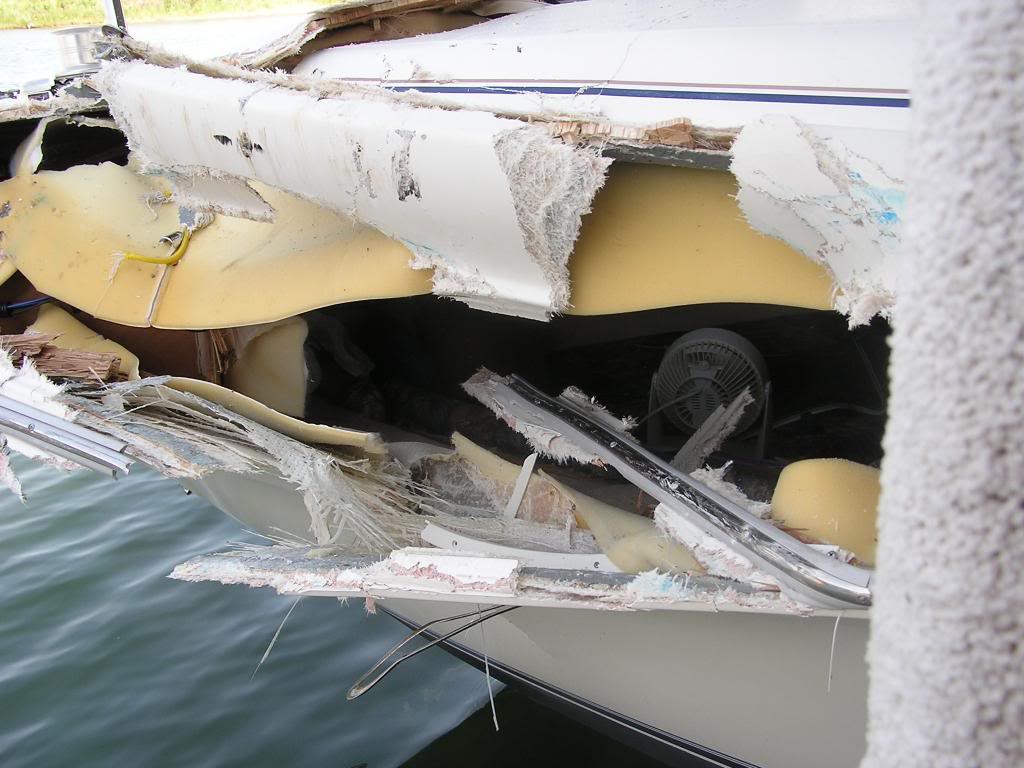markpierce
Master and Commander
- Joined
- Sep 25, 2010
- Messages
- 12,557
- Location
- USA
- Vessel Name
- Carquinez Coot
- Vessel Make
- penultimate Seahorse Marine Coot hull #6

In open water the trade off is between being more visible and being able to see in the dark. We opt for protecting our night vision. ... Outside we have the required navigation lights....
 In addition, we drive defensively. Stay out of the shipping lanes as much as possible and away from commercial fishing operations. If we see someone coming in our direction, we track them and change our course to avoid them if necessary.
In addition, we drive defensively. Stay out of the shipping lanes as much as possible and away from commercial fishing operations. If we see someone coming in our direction, we track them and change our course to avoid them if necessary. 


How can I say this politely??
If you really care about being seen at night by those ships likely to be out at night and large enough to do damage, have AIS transceiver.
IF you don't start there, all the rest is mental masturbation
